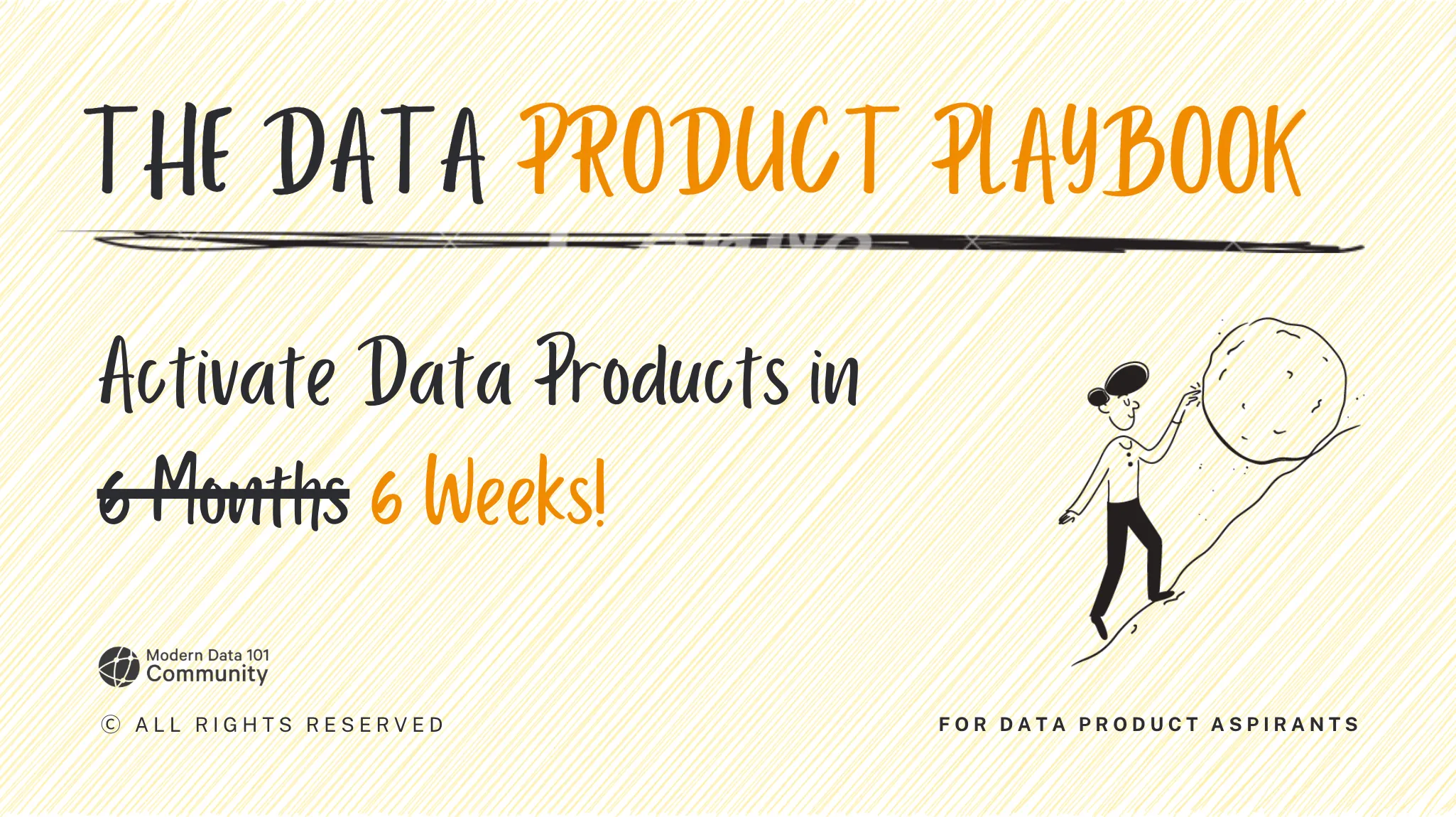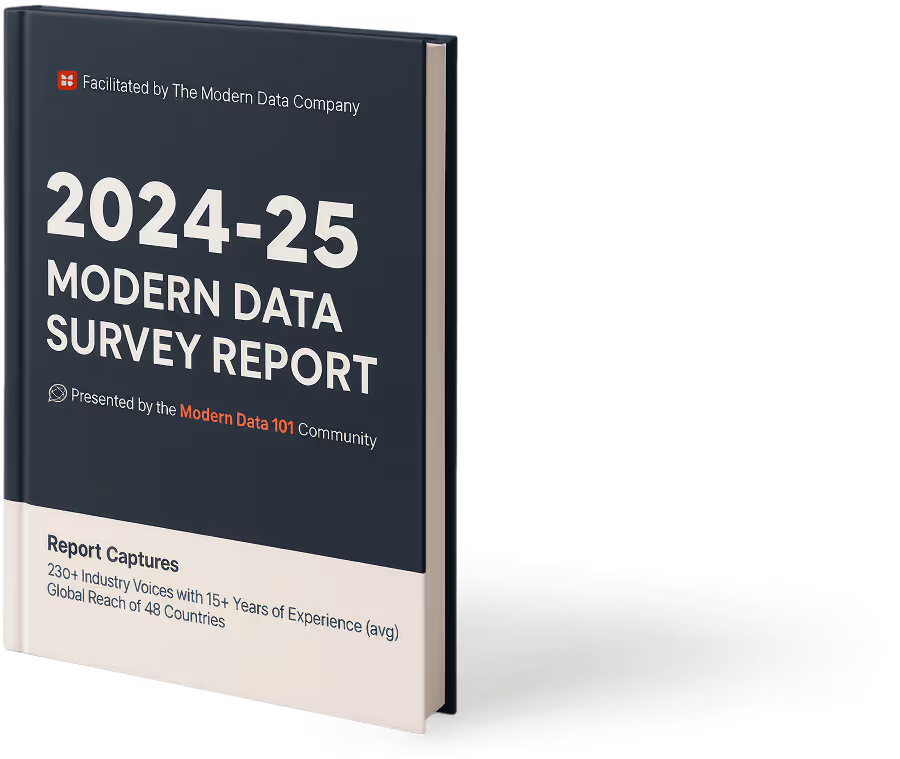
Here's your Playbook
Download now
Oops! Something went wrong while submitting the form.
Learn More
TABLE OF CONTENT

If we go straight to the heart of how Data Products differ from software or consumer products in their distribution logic, we'll tap into the innate nature of data and how it embeds itself into human processes and business undertakings.
A Data Product isn't sold or consumed: it's embedded into the living fabric of decisions and systems. In software, distribution is about channels, while in data, it's about propagation and how truth moves through an organisation without distortion.
The data product distribution framework is the foundation for data adoption at scale, especially in enterprises where the core expertise isn't technology, data, or AI. Any product (not just data products) could be mediocre or great, but they get closest to user satisfaction when they reach the hands of he users, and hen users are enable to send critical feedback to the product development hub, enabling truly state of the art product experiences.

The value of a Data Product is in trustworthiness and usability. Internally, teams "sell" curated datasets, metrics, or models not for money, but for adoption. The currency is reliance and repeated usage: a dataset or model is only valuable when others integrate it into their work. Distribution begins with governed APIs, self-service catalogs with AI-driven smart search, and internal marketplaces that make truth discoverable, reliable, and scalable across the organisation.
Data only delivers value when it meets decision-making contexts. Placement of data product outcomes in pre-existing channels of decisions ensures Data Products are encountered where work happens. Whether embedded in CRMs, dashboards, operational systems, or AI copilots, insights are integrated into workflows rather than discovered separately. This reduces procedural friction, turns data into actionable directions (strategy), and transforms data artefacts like tables and queries into experiences.
For mature organisations, distribution extends beyond internal teams. Co-operating data products mean sharing models or curated datasets with partners, regulators, or industry collaborators. This expands the reach of insights and creates new value streams, but requires high governance, accountability, and clear contracts. Distribution here is about trust across organisational boundaries.
Democratisation without control is confusion and an overwhelming experience of options for data consumers. Sharing aspects of the data product model provides scoped and temporary access for experiments, analytics, or AI/ML training. This allows teams to explore and innovate while maintaining privacy, security, and compliance. Controlled access transforms data from a bottleneck into an enabler, supporting safe experiments (a must-have for data and AI applications) at scale.
Once a Data Product proves its value, adoption increases through the network effect. The Referral channel in data is a byproduct and proof of the data product's impact. In fact, even a by product of an already existing data distribution model that works. When one team leverages a model to solve a real problem, others follow. Storytelling, reproducibility, and internal case studies act as the engine that propagates trust and accelerates uptake. In essence, virality in data is socialised confidence in truth.
When extended to Data Applications and AI Applications, distribution evolves from truth (data-as-a-service) to understanding (data applications) to judgment (AI applications).
Distribution is designing an ecosystem where truth flows naturally to the decisions that depend on it.
Related:
